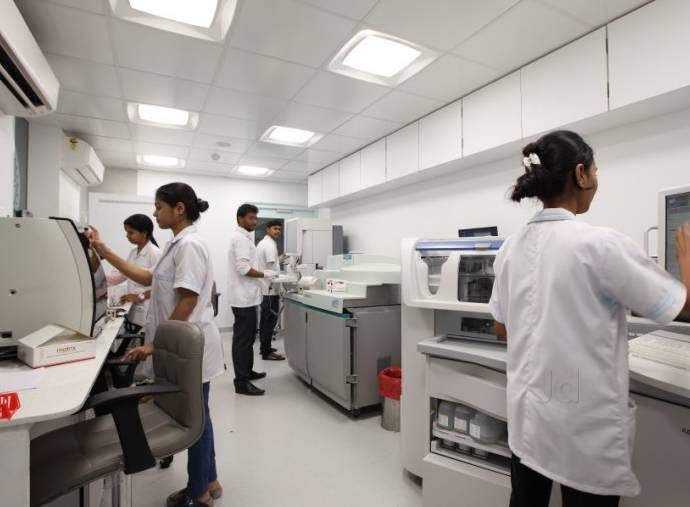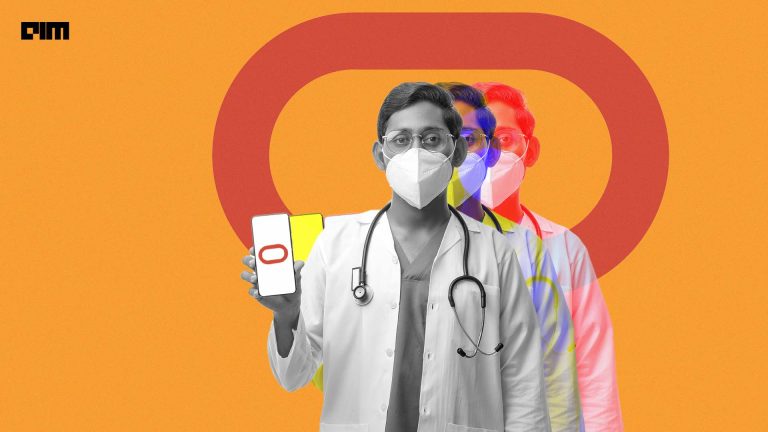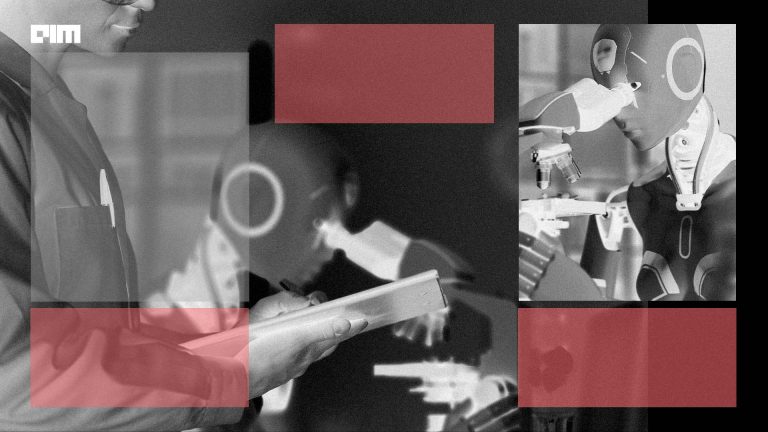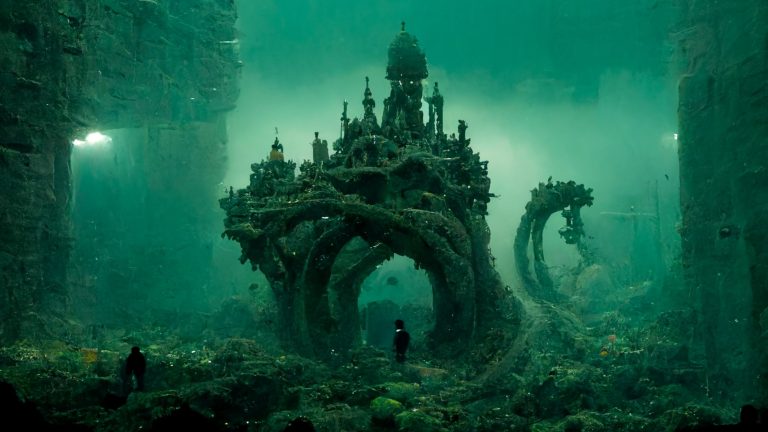Part of the SRL group of diagnostic centres, Jankharia Imaging centre, one of the biggest radiology and imaging centres in Mumbai, Maharashtra, provides imaging services that are critical for detecting ailments and associated treatment. The centre is well-equipped to offer the best treatment to its patients, where its services range from radiology, pathology, biopsies, 3D printing to health management. With a vision that extends to providing healthcare to people and patients, Jankharia Imaging centre provides advanced healthcare facilities, along with the latest diagnostic services and state-of-the-art technology-focused medical specialities.
The Challenges
For breast cancer screening and detection, conventional mammography has long been the standard procedure. However, with the increasing risk of cancer-masking effects, radiologists in Jankharia realised that a traditional mammography is no longer a feasible approach to breast cancer screening. The conventional mammography provided inadequate diagnostic information for not only some women with radiodense breast tissue, but also an increased percentage of false positives and negatives.
Alongside this, the centre was running on traditional displays and soon realised that the image quality that is being displayed were not of a high standard. The radiologists were also facing challenges in managing and ensuring compliance of their medical flat panel display network.
According to Bijal Jankharia, the radiologist at Jankharia Imaging Centre, “the breast is a 3D structure, but routine mammography visualised it as a 2D image with a lot of overlapping tissue, especially in a dense breast.”
The radiologists are also required to become more efficient as workloads continue to increase. Another reason for high-quality radiographs was to deal with post-operative imaging and picking up recurrences, which has been a challenging task for radiologists.
There was an urgent requirement to access high-quality 3D images on a single display so that radiologists do not have to change their workstations for completing hundreds of patient studies and run a side-by-side comparison of the images. Such a system can help radiologists understand the impact and create an early detection of anomalies if present.
The centre witnesses thousands of new patients every day, and to offer every one of them the best possible care, the centre needed to improve their detection, diagnosis, and screening system for breast cancer.
The Solution & Benefits
Being technology pioneers in radiology, Jankharia forewent the traditional mammography systems and instead, decided to install a full-field digital mammography system, which not only improves diagnostic accuracy but also has a less radiation exposure per image.
Jankharia Imaging centre realised that full-field digital mammography generates incredibly detailed images, which in turn requires advanced diagnostic display solutions to meet the complex needs of their practice. And therefore, the centre switched from traditional displays to Barco’s Coronis Uniti 12MP, which is a PACS (Picture Archiving & Communication System) supported digital imaging solution.
With Barco’s Coronis Uniti, the radiologists at Jankharia no longer needed to move from their workstation to view additional images. The advanced system has been approved for full-field digital mammography, breast tomosynthesis, viewing of synthesised 3D images, ultrasounds, MRIs, and PACS.
Its capability of rendering coloured as well as black and white images for display with suitable brightness and contrast ratio made it a perfect choice for 3D mammography. The advanced system helped radiologists eliminate the requirement for configuring several shows or setting up a multi-head display for reading images. Furthermore, this advanced system by Barco has been explicitly designed for all breast-imaging modalities, which helps in discerning the most subtle image details for an accurate diagnosis. The system also comes with a touchpad for faster control and is capable of viewing both static and dynamic imaging.
According to Jankharia, believing in Barco was the best move by the centre towards their screening department. Although a lot of radiology centres are using full-field digital mammography systems, “we were the first in the country to deploy Barco’s Coronis Uniti, and this investment in an all-in-one multimodality display replaced several dedicated displays,” explains Jankharia.
Post the deployment, Jankharia was able to display everything on Barco’s 12-megapixel monitor, which included all the patient information and the multimodality images with a fantastic resolution with superior sharpness and precision. It also helps radiologists in easy manipulation of images to get the best possible view and centralisation of information from different sources for maximum flexibility. The product uses Barco’s integrated front sensor and works perfectly with other existing solutions for automated quality assurance and calibration.
Besides, the Coronis Uniti also provided advanced, intuitive workflow tools like V-viewing, Spot Viewing, and auto-adjust brightness, which created an unmatched experience for Jankharia radiologists. The advanced system has not just increased the diagnostic accuracy of Jankhari’s full-field digital mammography images, but also increased productivity by speeding up my reading sessions and simplifying control and management of the display network, along with an exceptional reduction in eye strain and fatigue for radiologists working day and night.
“Barco’s Coronis Uniti made a huge difference to us, as there was a huge improvement in our business and the quality of service we delivered,” said Bijal Jankharia. “It offered all that Jankharia could have asked for to reinvent their reading room.”
Alongside Barco’s Coronis Uniti, Jankharia managed to improve their cancer detection by 30-50% and decrease their false-positive recall rate by 15-20%. Such an advanced system helped the Jankharia Imaging centre attend to more patients per day and also led to a significant reduction in the display cost.



















































































